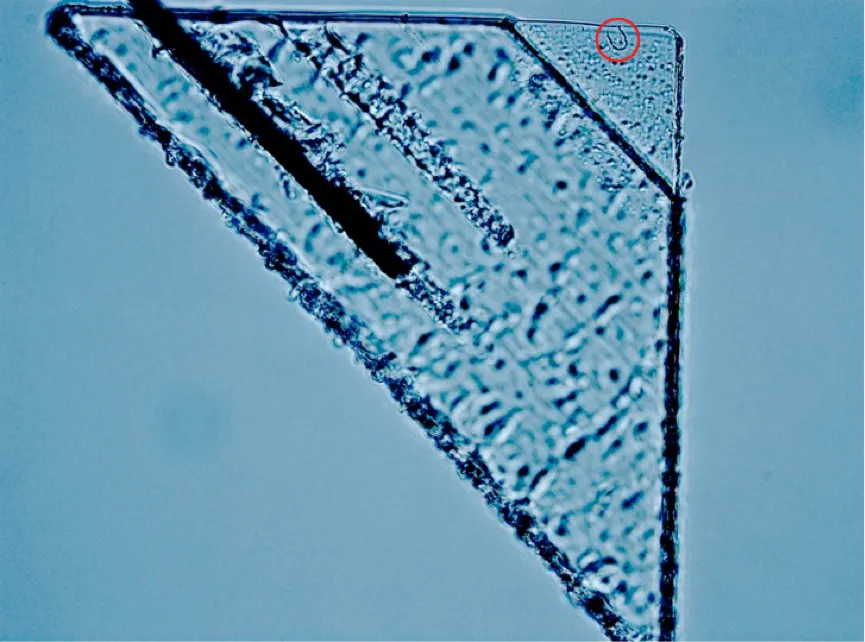The Stardust spacecraft, a NASA project launched in 1999, passed by Earth in 2006 after its three-billion-mile journey, and dropped off a little present as it did so. The spacecraft delivered detector-modules it had traversed space with, the very aim of which was to capture dust from the space outside of our solar system.
Seven candidate particles have so far been identified after more than 30,000 people from all around the globe volunteered to scan thousands of microscope images.“Everyone is of course very pleased that they helped us like they did. We now have the data, and the candidate [particles] extracted,” says Professor Mark Burchell of Kent University who worked within the global team of researchers behind the project.
The detectors are made from a light and sticky aerogel covering (a synthetic porous material), and two of the dust particles were found when researchers followed tracks in the material.“In the aerogel you tunnel in and stop…and the direction of the track tells you the direction [the particle] came from. We can rule out a lot of the contaminants because of this,” says Burchell.Four other particles were found splattered around microscopic pits of aluminium built into the detectors.

These exotic dust particles could have originated during the birth of a star, long before our own sun formed, before being flung into interstellar space. Never before have scientists had the opportunity to study them up close.
“Previously we have relied on astronomers who look through telescopes and tell you the answer is a bigger telescope,” says Burchell. “It’s quite exciting…[Now] we can look to see what [interstellar particles are] made of, and therefore know what’s happening out there in interstellar space.”
Already the diversity in size, structure and composition of the particles is much larger than previous theories and observations predicted.Now the scientists must confirm the extra-solar origin of the particles, which in itself will require many years of work. However, much of the detector remains unanalyzed and so there may be many more particles present, waiting to reveal the secrets of our universe. We just have to find them.
Follow Science Focus onTwitter,Facebook, Instagramand Flipboard
